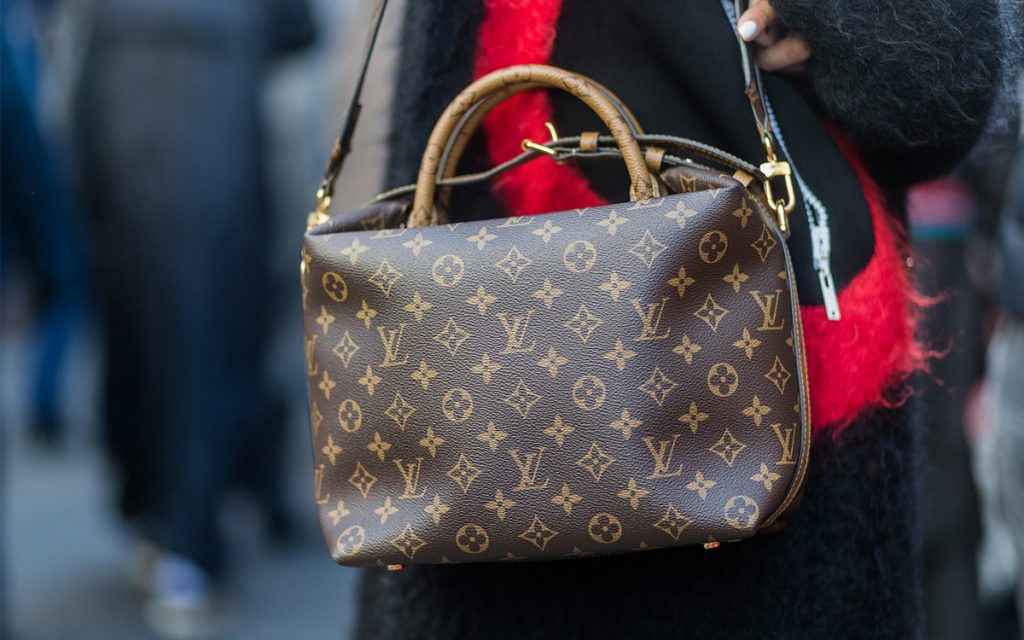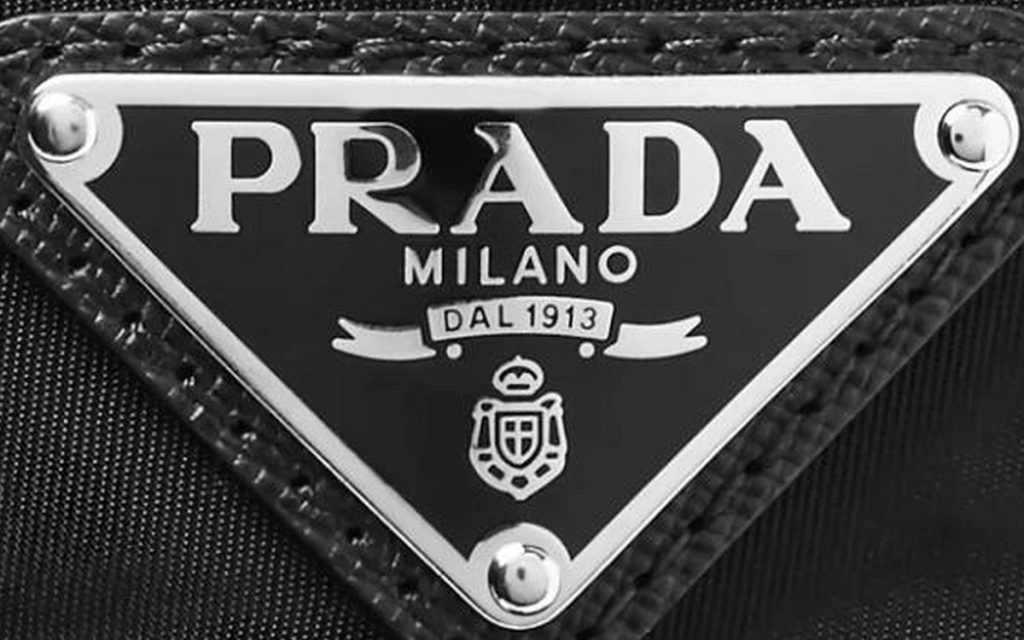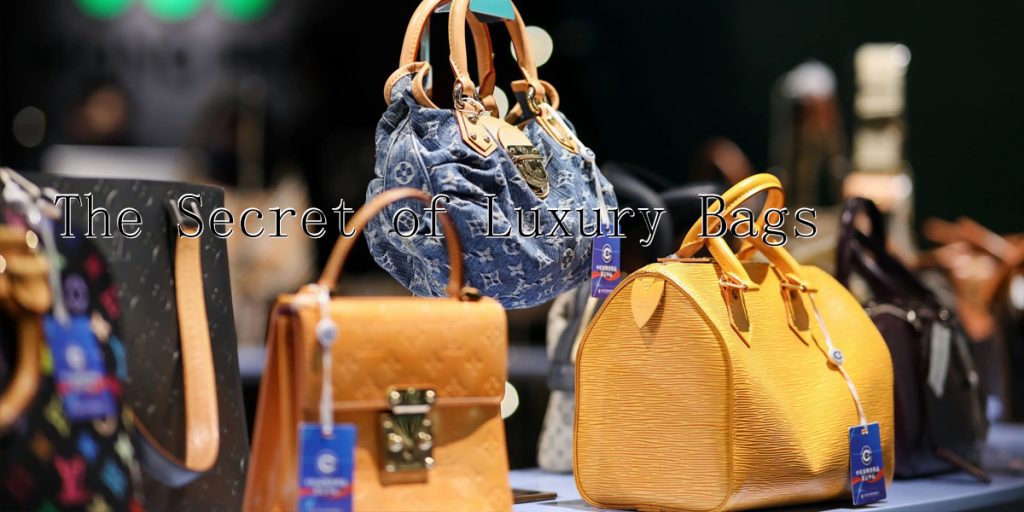When people touch the French stitching of the classic LV monogram bag, they rarely realize that 8% of the key processes of these “Made in France” bags are actually completed by craftsmen in Dongguan, China. The Italian Chamber of Commerce’s 2024 survey report shows that Gucci’s Tuscan workshop outsources 67% of its accessories production to Eastern European countries such as Romania, retaining only the core sewing process to maintain the “Made in Italy” halo.

LV French workshop: Among the Neverfull handbags marked “Made in France”, the red lining ones are mostly produced by Spanish factories, while the milk tea/rose red ones are concentrated in French workshops. French customs data show that the vegetable tanned leather dyeing process is often completed in China, and only the final assembly is completed in France.
Hermès’ secret production line: The core tanning process of crocodile leather bags is completed in Paris, but Singapore has a special leather pre-treatment center responsible for the initial processing of orders for the Asian market.
Hermès crocodile leather comes from farms in Australia, is pre-processed in Singapore and shipped to France. A single piece of leather travels across borders for more than 20,000 kilometers.

Prada has a shoe OEM factory in Dongguan. Most of the metal accessories of its Milan show handbags are produced in China, and only the leather cutting and stitching are completed in Italy.
TOD’s shoes are labeled as “Made in Italy”, the Vietnamese factory bears 80% of the rubber sole production.
Coach’s Asian manufacturing network :
70% of the best-selling Tabby series are produced in workshops around Ho Chi Minh City, and the hourly wage of workers is only 1/5 of that of their Italian counterparts.The Shanghai OEM factory, which will be reopened in 2024, specializes in the outlet-style pleated series Tabby26, and adopts the same quality inspection standards as the Vietnamese factory. The Myanmar factory specializes in tote bag sewing, and the Indian factory is responsible for backpack production, forming a modular production system across Southeast Asia.
Mitsubishi Group’s leather factories provide 70% of LV’s vegetable tanned leather, and its special coating technology gives the leather its iconic matte white color.
Loewe’s rattan bags are sourced from Palawan Island in the Philippines, handwoven by women in Morocco, and finally assembled in a workshop in Madrid.
When a Prada handbag priced at 4000$ only has 12% of its raw material cost, 8% of its European assembly cost, and a brand premium of more than 65%, consumers pay not only for the product itself, but also for their faith in the aesthetics of transnational manufacturing. Understanding the global collaborative network behind these secret origins may allow us to perceive richer spatial narratives and business wisdom the next time we touch the stitching of a bag.
If you also want to grow your brand, please contact Momocolor, we are a leather OEM factory worthy of your trust.


